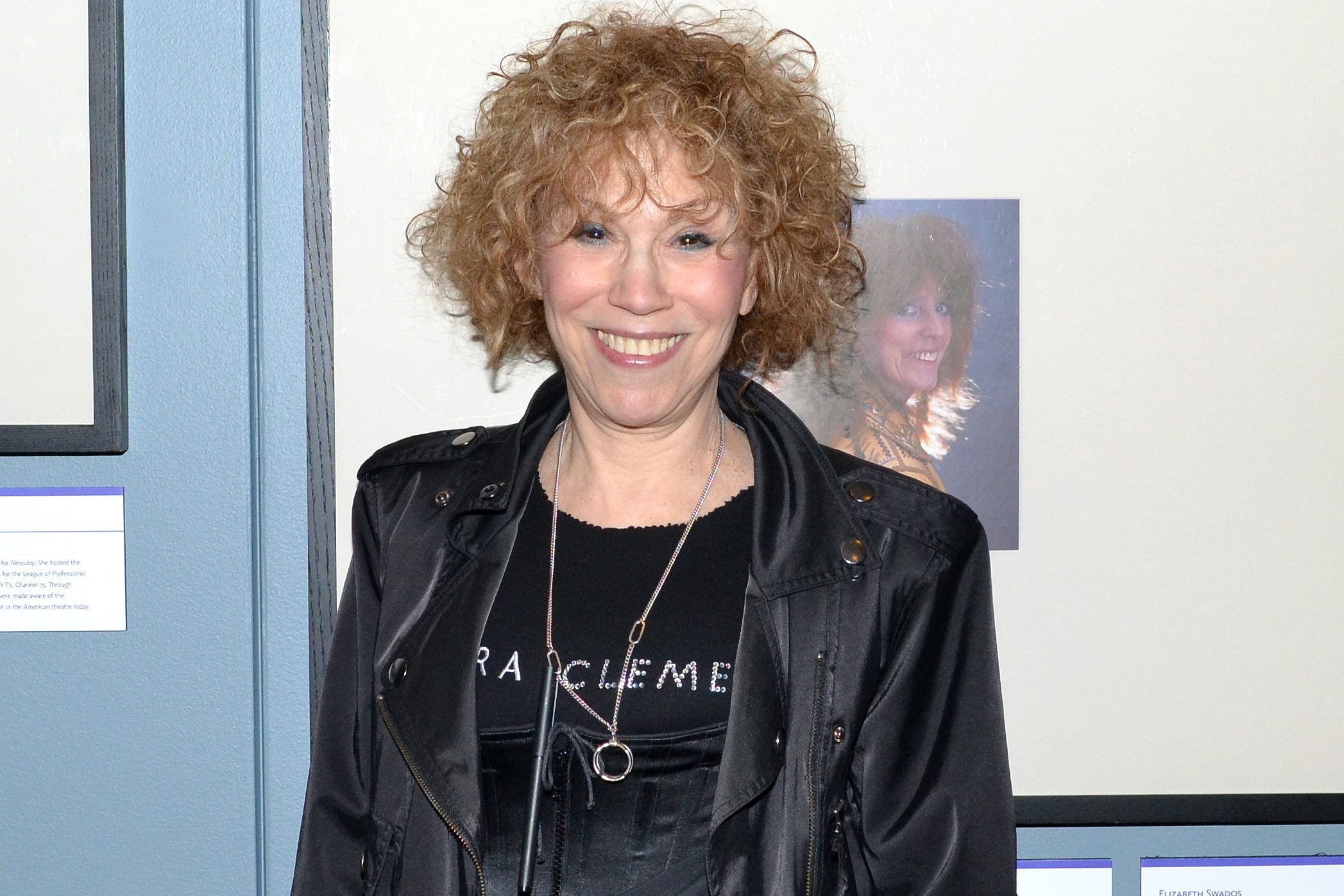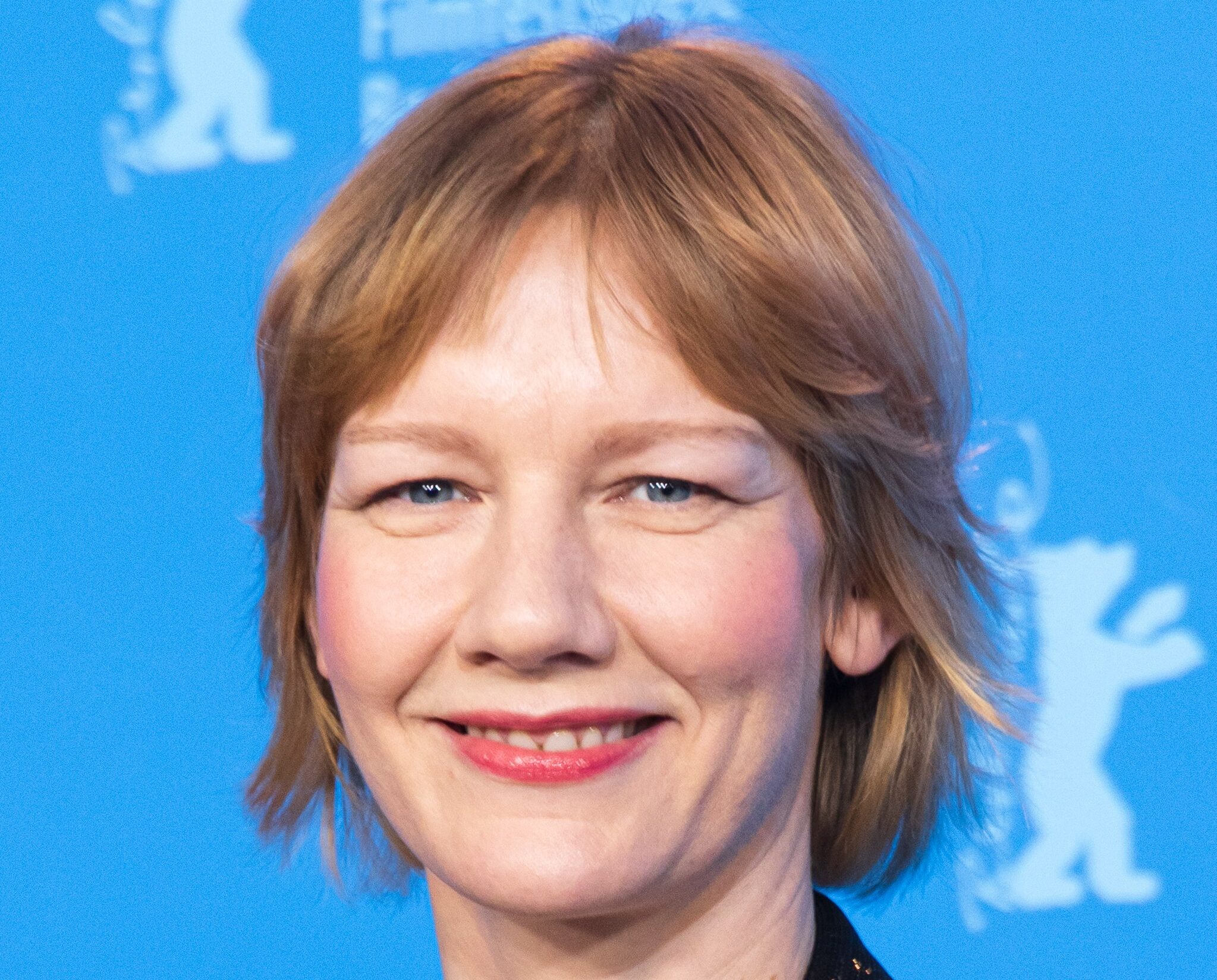Photograph 51

in Photograph 51
(© Gerry Goodstein)
Because anything concerning science is mistakenly believed by audiences to be dry stage material, it’s understandable that in Photograph 51, now at Ensemble Studio Theatre under Lindsay Firman’s firm direction, playwright Anna Ziegler has a tendency to get cute with her characters. She doesn’t need to. There’s enough palpable, persuasive drama in this work about the 1953 discovery of the search to delineate deoxyribonucleic acid (DNA) for several plays — and just as compelling is the work’s secondary search for male-female compatibility.
The photograph of Ziegler’s title is taken by Rosalind Franklin (the tough yet vulnerable Kristen Bush), whose fascination from childhood with shapes leads her to study the make-up of crystals. She’s received a fellowship at London King’s College lab to work on the structure of nucleic acids with curt and awkward Maurice Wilkins (sharp-tongued, wounded Kevin Collins). And it’s the snapshot she takes with the help of amenable assistant Ray Gosling (an appealing David Gelles) that leads to the revelation of DNA’s double-helix stucture.
Only it’s not the driven, humorless Franklin who nails it. That feat is accomplished by the now renowned Francis Crick (the suave Jeremy Webb) and James Watson (wild-haired and wild-eyed Haskell King). Dr. Watson sees the possibility that neither Franklin nor sympathetic associate Don Caspar (sympathetic Benjamin Pelteson) have yet spotted. And the eventual building of the double helix model — looking like an elegant spiral staircase — definitely has the potential to thrill ticket buyers as much as any Avatar 3-D effect.
As Ziegler demonstrates, scientists’ shenanigans can be as compromising as politicians’ dirty tricks. For example, Watson has his “Eureka” moment, but keeps it between Crick and himself, while trying to finagle from Franklin and Wilkins whether they’ve even begun making the important model.
Meanwhile, as these developments unfold on Nick Francone’s nicely-appointed laboratory set (with its Charles Rennie Mackintosh-like geometric window), Ziegler also explores the obstacles a man and a woman must overcome before they can fully respect — and even love — each other.
When Franklin arrives at the Wilkins enclave, she already believes women are not welcome in a man’s world. The heavy chip on her shoulder is hardly removed by Wilkins when he chooses not to have lunch with her on her first day but instead decides to eat in the men-only dining-room. The situation is symbolic of the barrier between them that eventually neither can surmount.
Curiously, Ziegler doesn’t examine this situation quite as closely as she might. It’s as if — like Franklin fixing on the fifty-first photo and not seeing what’s really there — she’s written her work and recognized much of but not all of its full potential.










